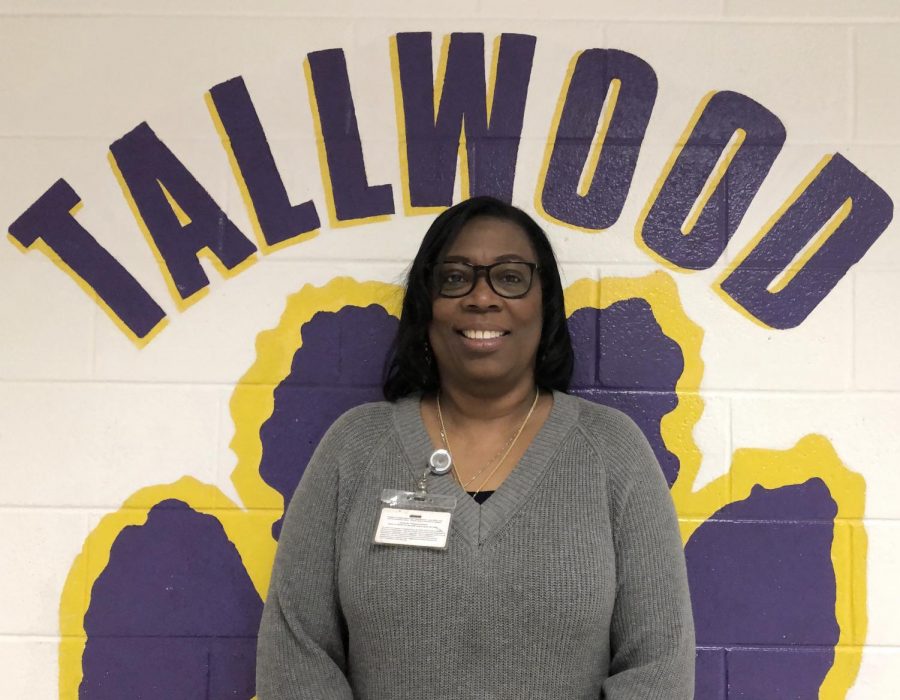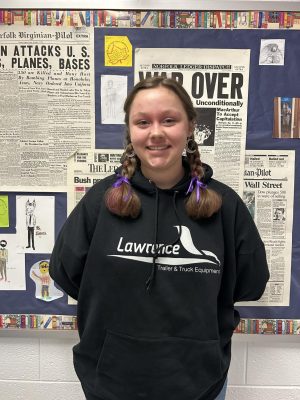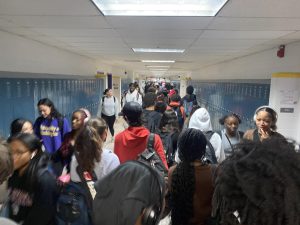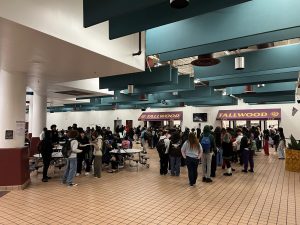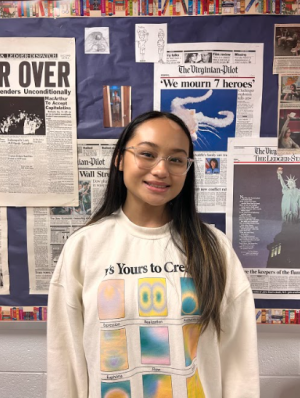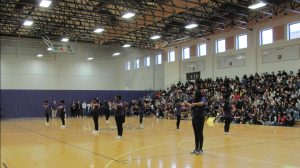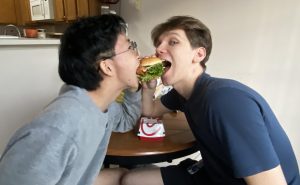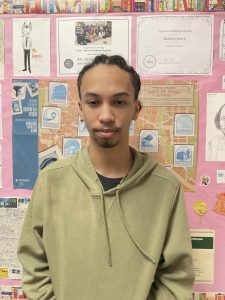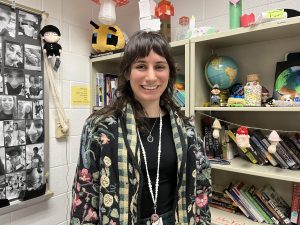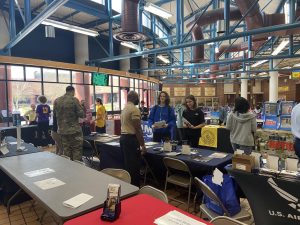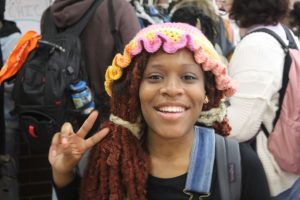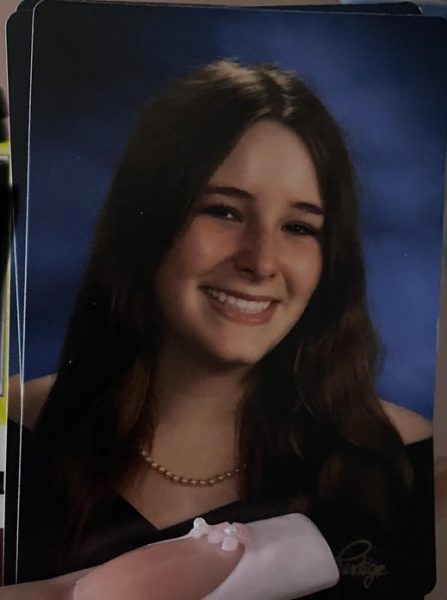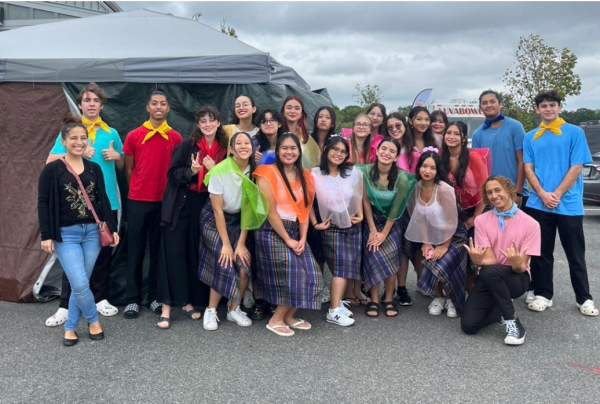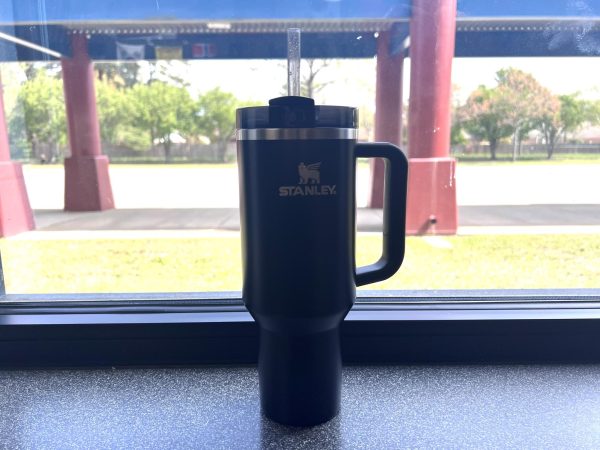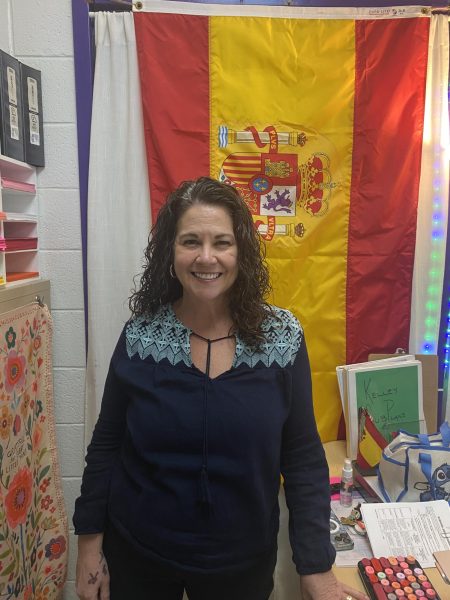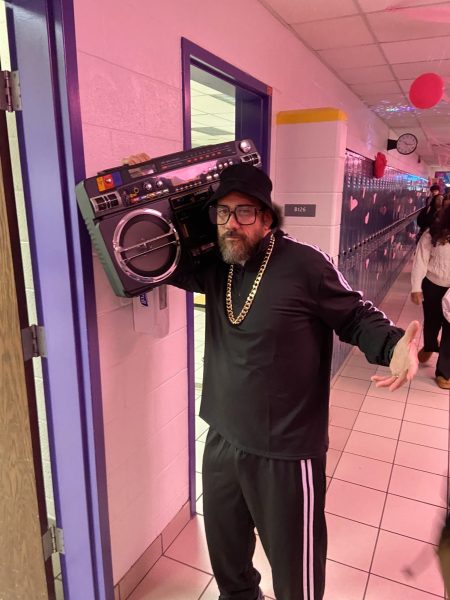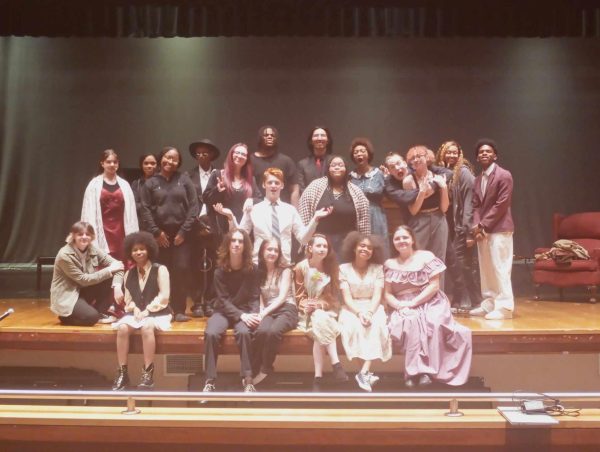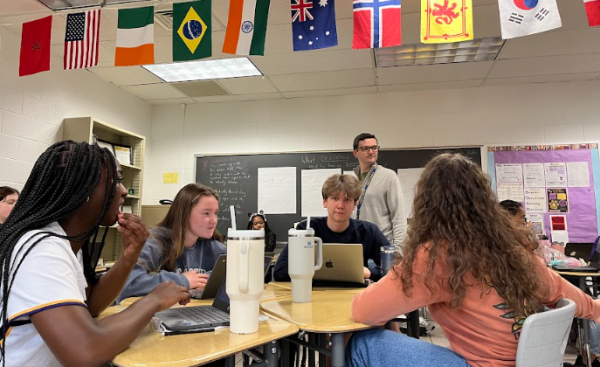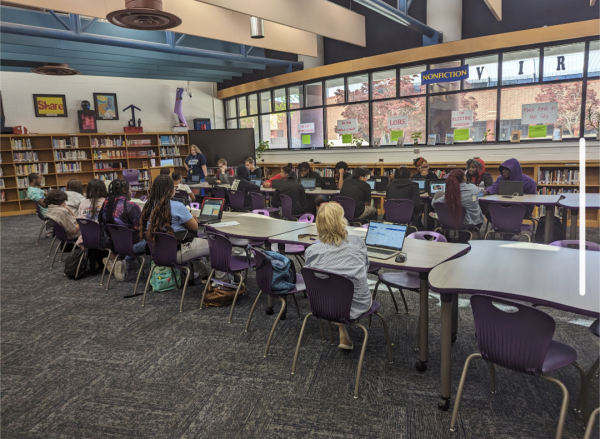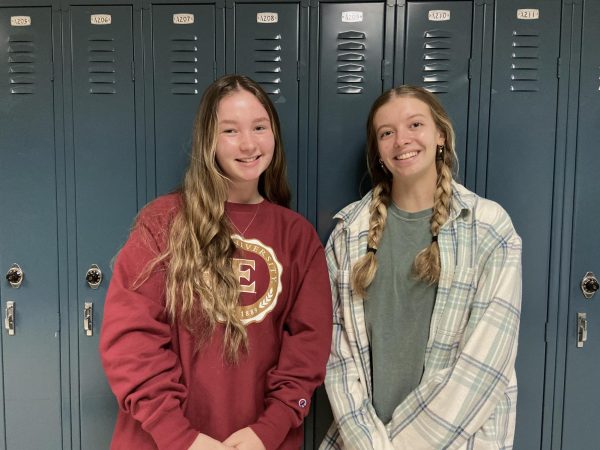How the Special Education program fits into the Tallwood community
Ms. Jimi Monroe: one of the significant staff members of the Special Education program
January 9, 2020
There are many students in Tallwoods special education program, but do we interact with them?
Our school provides public education to special needs teens, and we even have a great work experience program, which not every school has. These combined, our school helps these teens integrate into society by teaching social skills and job requirements. But how does our community treat these students?
There are different types of special education classes. Some are compromised completely of kids with intellectual disabilities but some classes are regular. These classes have kids with less prominent disabilities, called inclusion classes.
Ms. Gavin, a Special Education Teacher at Tallwood, talks about what they teach their students. “In the self-contained classroom it is more life skills-based. Because it’s an English class we teach how to pick out key information for applying for jobs and basic reading comprehension,” says Ms. Gavin.
“The content is the same, but how they get the information is very different,” says Ms. Cherry, an English 12 teacher at Tallwood. “We do a lot of discussion… I can’t just teach [the subject], I have to give some background knowledge and kind of get them interested in how it affects them before I can teach the story,” stated Cherry when discussing the differences between teaching the average student and one with special needs.
“The curriculum is the same for everybody across the board. However, the special education students, they have different needs, so we give them accommodations to allow them to access the curriculum at the same rate as the non-special disability students,” said Ms. Monroe, a Special Education English teacher at Tallwood.
The special needs students sometimes have more trouble learning certain types of content, but when they do succeed it makes the moment so much greater. It makes the average student more thankful for their own abilities.
“My favorite thing about teaching them is their successes because I know their successes come with significantly more challenges than regular student successes. So when they do find success it’s significantly more gratifying for me, and hopefully for them,” says Gavin.
Many special needs students are included in our education system, but how are they included socially in the community?
“Even in the classroom [average students] share (with special needs kids), they are quick to help in a group situation. Overall they are very good with students with disabilities,” says Monroe.
“The Tallwood community, this is probably the best I’ve seen… I’ve worked at two other schools, and [Tallwood] is by far the most inviting and the most celebrating. I think they are very accepting… I never heard anybody ostracize or pick on anybody because they’re different,” says Cherry.
“We have a new program we started here called Best Buddies, so I feel like as a community we are very supportive, but I don’t necessarily think the students feel that. So we’re trying to come up with new ways to let the students know there is a good community that supports them and find ways for them to make new friends and interact with their peers,” says Gavin.
Many teachers say positive things about the community and how the teachers see special needs teens treated while in the classroom and under their eye. However, the students are judged when the teachers are away.
When interviewing average Tallwood students, many of them admitted that they hear of bullying towards special needs kids, especially coming from their own friends. When asked if some special needs kids were judged unfairly, several stated that they were.
An anonymous student was asked if special needs students were judged unfairly. She responded, “All the time. [They say] stuff that shouldn’t be funny, but somehow is funny.” When asked if these students sometimes bully teens with disabilities with them unaware of it she said, “All the time, yes.”
“From the type of people I’ve been around, yes, some people judge them by how different they talk, how different they act,” claimed an anonymous Tallwood junior.
On the other side, from those who haven’t heard of unfair judgment towards special needs kids, also say they haven’t interacted much with these students either.
Another anonymous Tallwood Junior was asked how often he interacts with special needs students. He said, “Nothing, not at all.”
Some students responded that they haven’t interacted much with special needs kids or heard of any bullying. Konnor Rafferty, a Tallwood Senior was asked how much he interacted with special-ed students. He responded, “Not often at all. I don’t think anybody really judges them, because they normally are in their rooms, doing their stuff.”
Many teachers offered good ways for any Tallwood student to better help the integration of these students into the Tallwood community.
“It would be beneficial for those students to not make them feel uncomfortable, to go out of your way to make them feel welcome. So in art, P.E., and cooking, if there is a special needs student in that class, just give them normal attention just like anybody else, invite them to engage in conversations and interaction with your friends,” claimed Gavin.
“When you see them just say hello, introduce yourself. Just treat them like anybody else” Said Ms. Craig, A VA/United States History Teacher at Tallwood.
“Just include them in activities, invite more people to all the activities, and just try to treat them like a student without disabilities,” stated Monroe.

